Development of a 1.5 T Actively-shielded Superconducting MRI Magnet System ( MeitY-funded IMRI project)
Introduction
Magnetic Resonance Imaging (MRI) scanners are one of the most advanced and widely used diagnostic tools for clinical evaluation. The imaging technique in MRI has established its superiority over X-ray and CT scan, being a non-invasive and non-ionizing diagnostic tool available with radiologists. All the superconducting MRI magnets in India are presently imported. There is no manufacturer of MRI magnet systems in India at present. Every year almost ₹1800 crores worth of MRI scanners are imported into India. Presently in India, there are 1½-2 MRI machines per million population whereas in the developed countries it is 10-30 MRIs per million population. Hence, India needs a large number of MRI machines in the next few years to provide critical health care access to all which is only possible through indigenous manufacturing. A multi-institutional project on the development of the 1.5T superconducting MRI scanner (IMRI Project) had been initiated by the Ministry of Electronics & Information Technology (MeitY), Govt of India through SAMEER-Mumbai, the nodal agency. The partnering institutes are Inter-University Accelerator Centre (IUAC)- New Delhi for 1.5T superconducting magnet and 4K ZBO cryostat, SAMEER-Mumbai for RF coils /amplifiers and other associated RF electronics, spectrometers, couch and the integration of the scanner, CDAC –Kolkata, and CDAC-Trivandrum for the imaging software and DSI-Bangalore for the MR physics.
The heart of any MRI scanner is a large-size superconducting magnet with the most challenging specifications and IUAC was entrusted with the responsibility of building this superconducting magnet along with zero-boil-off liquid helium (LHe) cryostat with a room temperature bore under the IMRI project. The technology of building the superconducting MRI magnet system is proprietary and heavily protected exclusively by a handful of foreign manufacturers.
Critical requirements of the MRI magnet
- The magnetic field of 1.5 T must be uniform within ± 5 ppm within the spherical imaging volume of 45-50 cm at its iso-center.
- The magnet must have temporal field stability of 0.1 ppm/hr thereby making it inevitable to operate the magnet in the persistence mode which itself is complex technology.
- The stray field of the magnet should be limited to 5 Gauss within 5m in the axial direction and 3m in the radial direction.
- The magnet needs to be ever-cooled at 4.2K using cryocooler-based zero-boil-off (ZBO) technology.

Major Achievements
IMRI team of IUAC has designed every component of the 1.5T Superconducting MRI system through an extensive electromagnetic, electrical, thermal, structural, and cryogenic simulation using various commercial FEA software. The IMRI magnet consists of eight superconducting coils having six primary coils and two active shield coils made of Cu/NbTi conductors having a critical temperature of 9.2K. The superconducting coils are wound onto a metallic bobbin structure having precisely machined winding pockets. The coils are wound onto each winding pocket using a predefined winding tension following an extensive electrical insulation scheme. An efficient quench protection system has been developed to dissipate its entire stored energy onto the entire magnet in a controlled manner through a self-activated electrical circuit. An efficient external interference screening (EIS) system has been designed and developed for shielding the imaging volume from any low-frequency external magnetic disturbances.
Specification and highlights of the IUAC MRI magnet
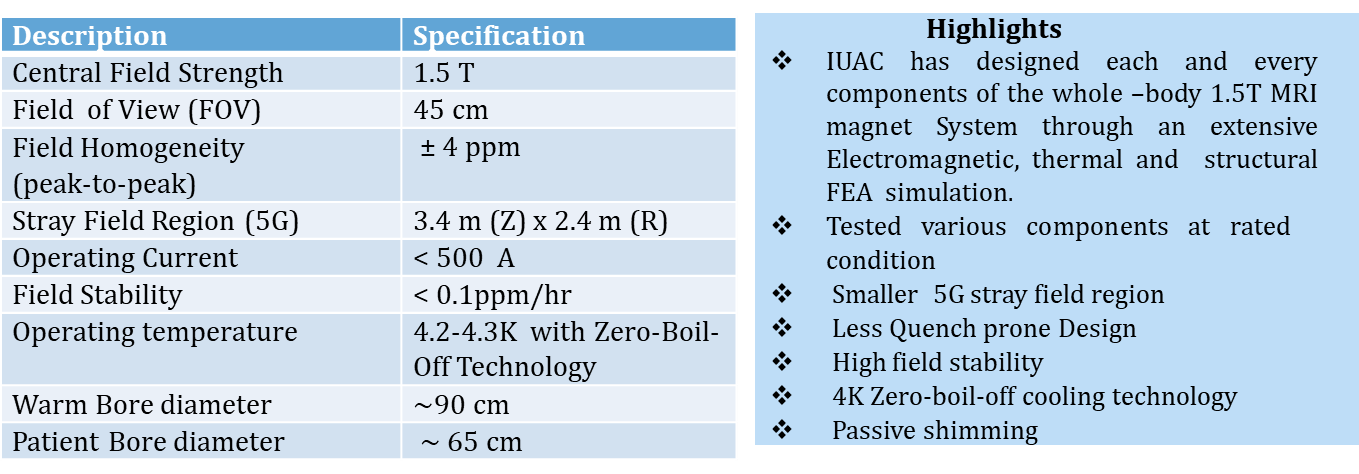
IUAC team has also developed the critical technology of the superconducting joining of conductors which eventually will lead to 0.1ppm/hr field stability during the persistent mode of operation. In case of any emergency stop, a battery-operated emergency run-down unit has been designed. An FPGA-based fast data acquisition system has already been developed for the testing and health monitoring of the MRI magnet system.
A state-of-art LHe cryostat or the so-called zero-boil-off (ZBO) cryostat for housing the magnet has been designed and developed to maintain the magnet at 4.2K. A heat exchanger-based re-condensation technique along with a GM cryocooler has been used to achieve the ZBO condition in the MRI cryostat. The endurance tests of the various critical components of the MRI magnet have been done at 4.2K using indigenously developed 4K test rigs.
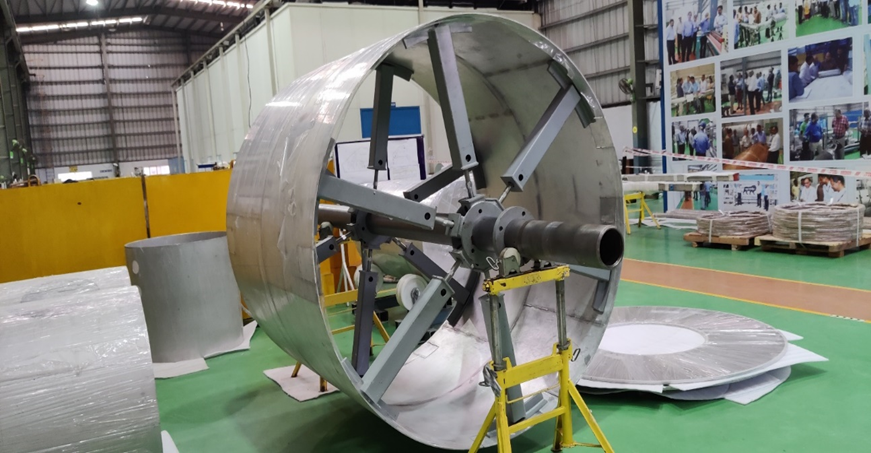
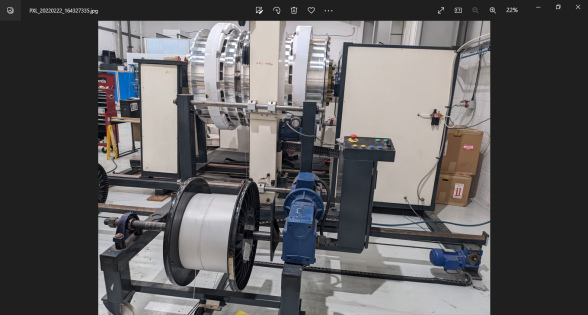
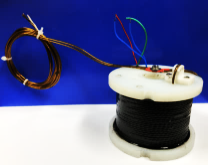
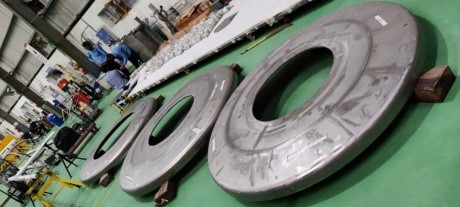


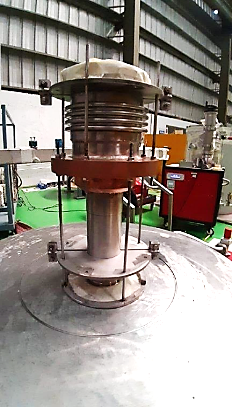
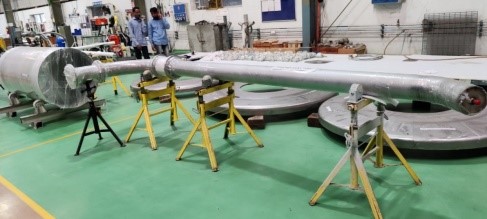
The magnet is presently at the final stage of integration at IUAC. After successful testing of the MRI magnet, it will be commissioned at SAMEER-Mumbai for the final integration with the RF-electronics, the spectrometer, and the imaging software to make it a clinical-grade scanner. The project is expected to be completed in 2023.
PUBLICATION
- Vijay Soni, Soumen Kar, et al. High Power cold diodes for the protection of the 1.5T superconducting MRI magnet system, Semiconductor Science and Technology, 3, 085012I, 2022
- Navneet Suman, Soumen Kar et al. Design of a Zero Boil Off Cryostat for a1.5T MRI magnet, Journal of Pressure Vessel Technology, 2022, 144(6): 061902, 2022.
- Navneet Suman, Soumen Kar et al. Composite support system for 1.5 T whole-body MRI cryostat, Materials Today: Proceedings, 62( 1), 2022. https://doi.org/10.1016/j.matpr.2022.03.374.
- N Suman, Soumen Kar et al. Thermal shield of the Zero-boil off Cryostat for a 1.5T magnet resonance imaging magnet, Cryogenics, Elsevier, 116, 2021
- Ajit Nandawadekar, Soumen Kar et al., Thermal and Electrical behaviour of the persistent current switch for a whole-body superconducting MRI magnet, IEEE Transactions on Applied Superconductivity, 31(5), 2021
- Vijay Soni, Soumen Kar et al., Quench induced eddy current and mechanical stresses in the bobbin and thermal shield of the 1.5T MRI magnet system, IEEE Transactions on Applied Superconductivity, 31(6), 2021
- Vijay Soni, Soumen Kar et al., Quench protection system of a whole-body non-impregnated 1.5T superconducting MRI magnet, IEEE Transactions on Applied Superconductivity, 31(5), 2021.
- Ravikant Paswan, Soumen Kar, et al., Helium re-condenser for 1.5 T Zero-Boil-Off (ZBO) MRI cryostat, Indian Journal of Cryogenics, 45 2020 doi: 10.5958/2349-2120.2020.00003.5
- Navneet Suman, Soumen Kar et al., Design of self-centring support system for 1.5 T MRI cryostat, Indian Journal of Cryogenics, 45, 2020 doi: 10.5958/2349-2120.2020.00005.9
- S. Kar, et.al. Development of high homogeneity and high stability 1.5T superconducting MRI magnet for whole body clinical scanner, Indian journal of cryogenics, Vol. 44, 2019.
- V.Soni, S.Kar. et.al. Post Quench electromechanical analysis of 1.5T whole-body clinical MRI system, Indian Journal of cryogenics, Vol.44, 2019.
- S. Theketthil, S. Kar et al., Stress-Induced Magnetic Field Inhomogeneity in a 1.5 T Superconducting MRI Magnet, IEEE Transaction on Applied Superconductivity, 28(4), 2018
| Dr. Soumen Kar, PI, IUAC-IMRI project | |
|---|---|
| Dr. RG Sharma, Project Advisor | Mr. Rajesh Kumar |
| Mr. Navneet Suman (SRF) | Mr. Ajit Nandadekar (SRF) |
| Ms. Bhavana Avasthi ((JRF) | Mr. Farukh Khan (JRF) |
| Other Associated Members | |
| Dr. Joby Antony | Mr. S.K.Saini |
| Mr. Manoj Kumar | Mr. Rajesh Nirdoshi |
| Team members who has left /superannuated | ||
|---|---|---|
| Dr. T.S. Datta (PI till June’2019) | MMr. Vijay Soni ( SRF) | Mr. Sankar Ram Thekkethil (SRF) |
For any query or information, Please contact
Dr. Soumen Kar
Scientist-G
Cryogenics and Applied Superconductivity Group
Phone: +91 11 24126026/29
Email: kar.soumen@gmail.com



